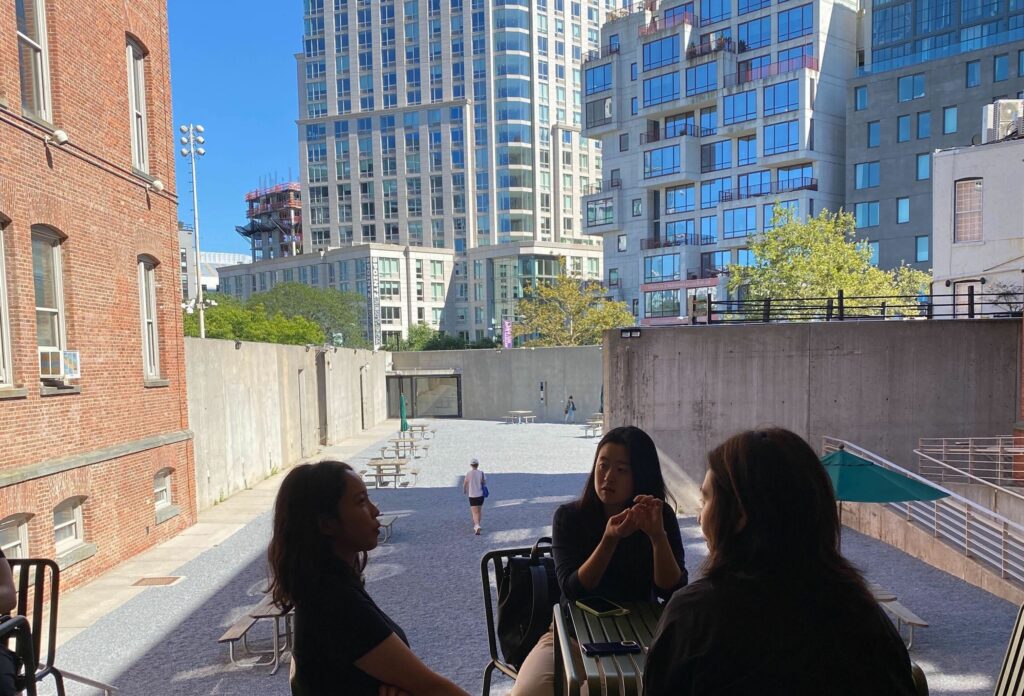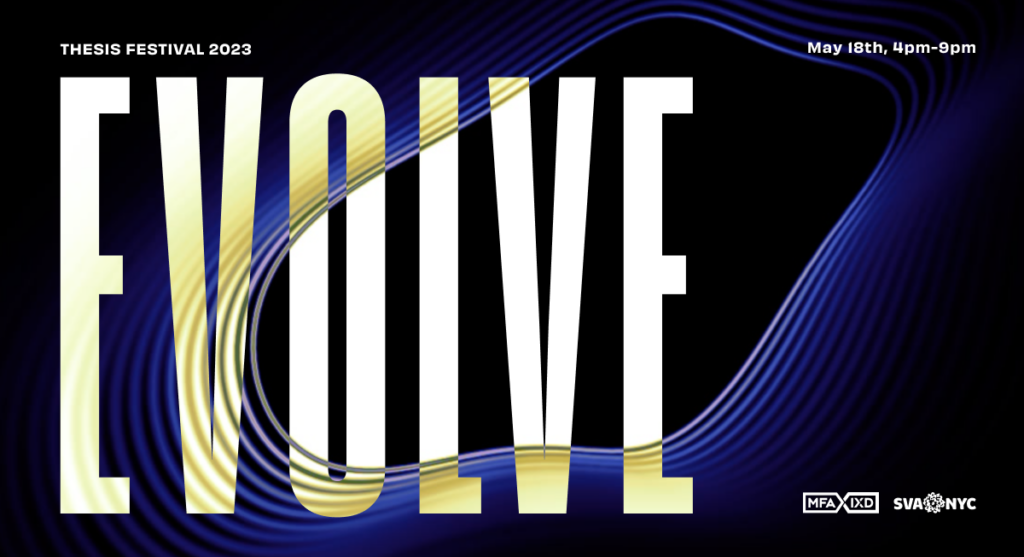Interview by Elushika Weerakoon
I am here to tell you about an unique project, that my classmates David Al-Ibrahim and Saba Singh have created. The project is called Catalog.Earth, and their mission is to capture the world’s most endangered landscapes with 360° video, starting with Alaska’s Columbia Glacier.
They will personally produce 360° video of the glacier at a range of times and locations and the footage will be shared as Public Domain under the Creative Commons License.
I am very excited about this project and confident that they will make their Kickstarter goal. In the midst of all this craziness, I got sometime to speak with David and Saba.


Getting there! 96% funded. How do you both feel? Did you ever imagine this to grow?
David:
This is crazy. If you’ve never run a Kickstarter campaign, I can tell you that it is a surprisingly emotional experience – dare I say, rollercoaster? A weight descends when you hit that Launch button, and you constantly feel like there is more you could do. On the other hand, we had the blessing of some amazing advisors who encouraged us to get creative. And through the process of reaching out to potentially collaborators and experts in our field, we are now working with some amazing and generous people. I never imagined we would learn so much.
Saba:
We came in with some nervousness for sure. It is difficult to predict what is going happen with a Kickstarter campaign and no matter how many stats we saw of success rates of campaigns, there is always nervousness. That being said, we were also very excited at the prospect of taking this project outside of just the ideation phase and onto a real world platform. Even if it does not work out, we feel like we have the right push to make it real.
What was the process to put this all together?
Saba:
A lot of it is about research and then content: research about the feasibility, logistics, budgets,etc.; and then making it a compelling story to really convey our passion to those who come accross the page.
David and I worked long hours reaching out to people who we felt would be interested in the project, learning from them, and really using their insights to enhance the project.
David:
Saba nailed. Research. Outreach. Conversion. Iteration. The other major component was scoping – trying to figure out to accomplish our larger goal with a big first (and more manageable) step.
When do you plan to go on this adventure? And what has been your biggest concern?
Saba:
We will be heading to the glacier in mid August. We’ll spend the summer prepping for it and speaking to researchers in the area. I guess one concern is that climate change can lead to increasingly volatile and unpredictable weather conditions. We hope that the weather does not deter us from the goal and the timeline we want to work with.
David:
We will also spend time exploring directional audio and its integration with 360° video on a variety of platforms. Spatial sound mapping will certainly add complexity to our process and may cost more than we had hoped, but we believe it will make the footage more valuable and support more immersive experiences in the future.
The article in Techdirt had a cynical tone saying “if this was to pay someone’s Alaskan excursion.” What do you say to them?
David:
You know, we thought way more people would have asked this question. However, the mission of this project has really resonated with so many people we have heard from, and we are so excited by the energy others have brought to this project.
So what do we say to haters? The truth is we haven’t really had any yet. If you look at the full quote from the article, the fact that all of this content is intended for the Public Domain gets people on-board:
“Sure, there’s a tiny cynical voice inside me that wonders if we’re just paying for someone’s Alaskan excursion — but in truth it seems like a fair and sincere exchange. These days, when so many photographers and videographers are protective and exclusive about the rare and difficult material they capture, nothing demonstrates a genuine concern for what you’re doing more than dedicating the content you produce to the public domain.”
And finally, how do you envision the open source platform?
Saba:
On a large scale we envision a public platform, where people can access and share high-quality 360° footage of endangered landscapes.
In the near future, we imagine that Catalog.Earth will exisist a website where anyone can access exisiting footage and tools for capturing 360° of these threatened places. Eventually, we hope to host all content independently, though the site may initially link to hosting platforms such as github, YouTube.com, Facebook.com, and perhaps even Google Earth.
The bottom line is it will be free for anyone to use. It will be collaborative. And we always encourage ideas, questions, and feedback!


